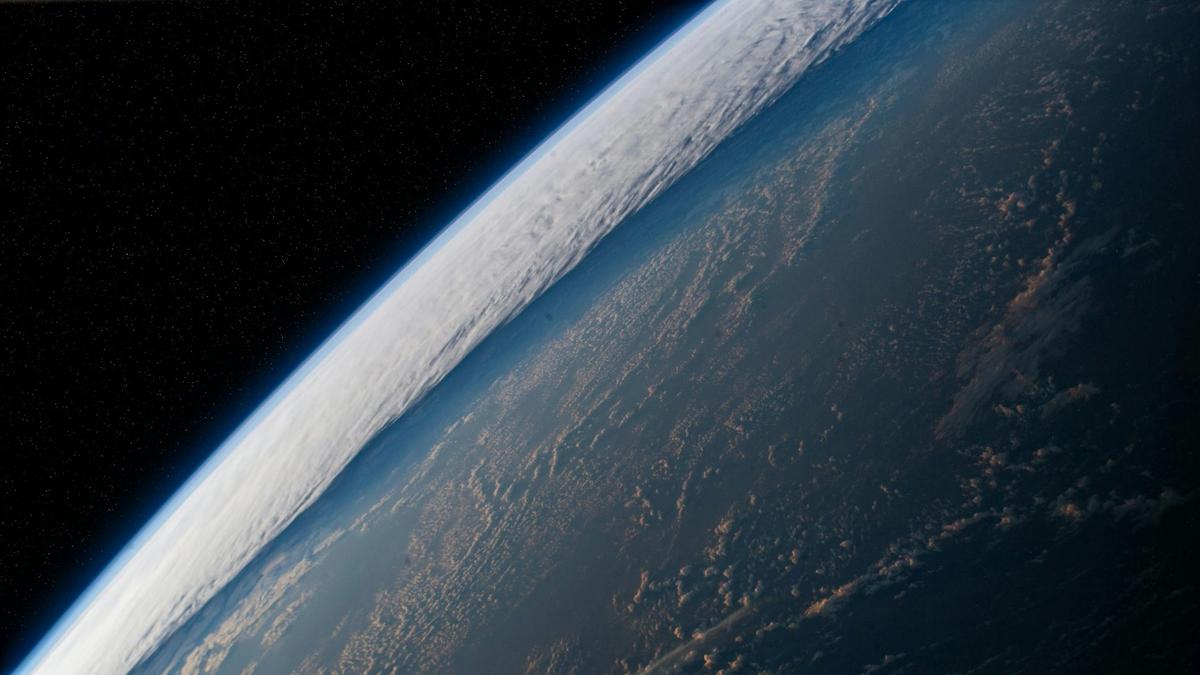
Anomaly found in the Pacific Ocean could be global ‘time marker’ Premium
The Hindu
Study of 10 million-year-old ferromanganese crusts reveals mysterious beryllium-10 anomaly, opening new pathways for geological dating.
The earth must have experienced something exceptional 10 million years ago. Our study of rock samples from the floor of the Pacific Ocean has found a strange increase in the radioactive isotope beryllium-10 during that time.
This finding, now published in Nature Communications, opens new pathways for geologists to date past events gleaned from deep within the oceans.
But the cause of the beryllium-10 anomaly remains unknown. Could it have been major shifts in global ocean currents, a dying star, or an interstellar collision?
I am on a hunt for stardust on the earth. Previously, I’ve sifted through snow in Antarctica. This time, it was the depths of the ocean.
At a depth of about 5,000 metres, the abyssal zone of the Pacific Ocean has never seen light, yet something does still grow there.
Ferromanganese crusts – metallic underwater rocks – grow from minerals dissolved in the water slowly coming together and solidifying over extremely long time scales, as little as a few millimetres in a million years. (Stalactites and stalagmites in caves grow in a similar way, but thousands of times faster.)
This makes ferromanganese crusts ideal archives for capturing stardust over millions of years.













